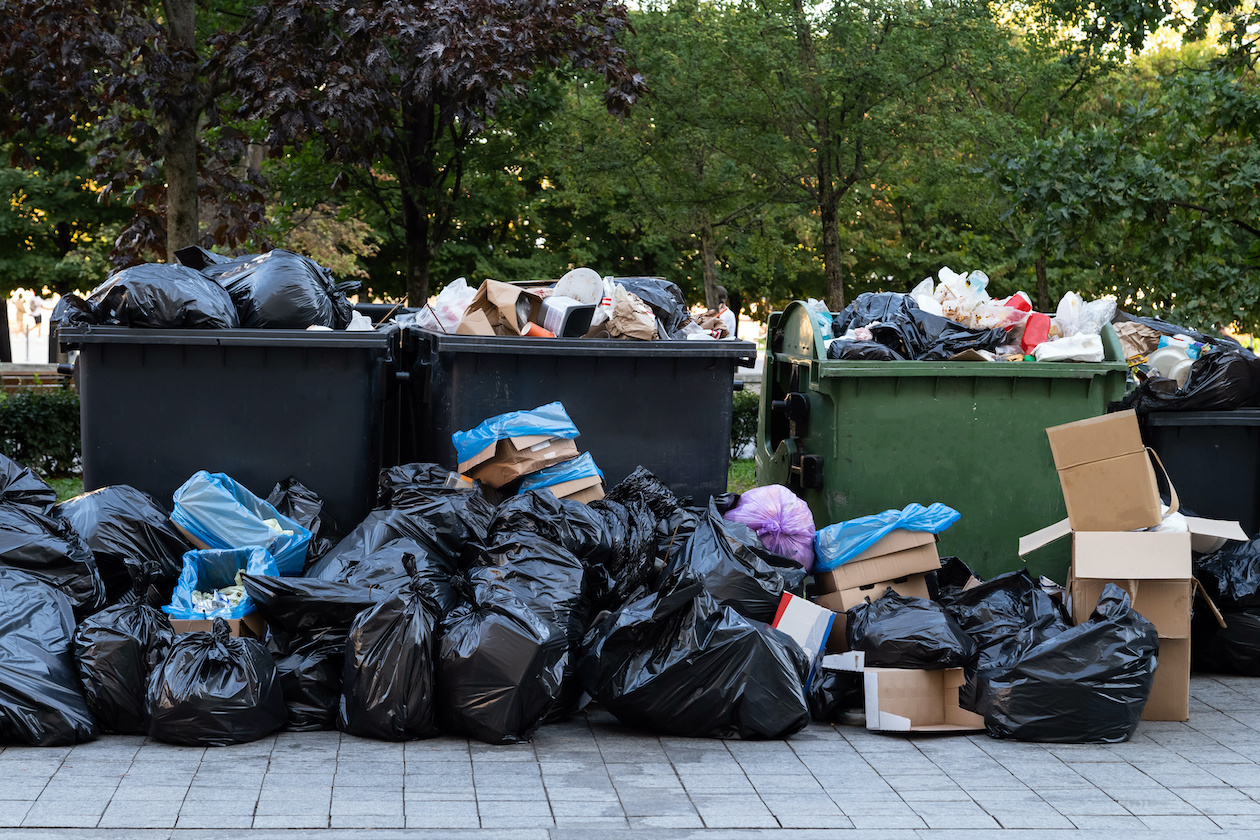We all dispose of some junk each day. Sometimes it’s challenging to avoid waste at home, particularly if you have a big house and a large family.
Because landfills are overflowing, everyone must be aware of the significance of recycling, junk separation, and proper waste disposal.
But first, let’s discuss the origin and destination of this junk. Do any methods exist for reducing the amount of garbage we generate?
There are actually two types of garbage: biodegradable and nonbiodegradable. When we say that an object is biodegradable, we mean that it will eventually decompose and become soil. Yes, you heard that correctly; it will become soil.
Decomposing animals, plants, and other organic matter contribute to the formation of soil. Animal and plant waste, along with animal skin, muscle, and hair, are considered biodegradable materials. Animal bones are believed to be biodegradable, despite the fact that decomposition takes time.
They took a little longer to rot.
The most biodegradable material is paper, which is classified as “plant parts” and derived from trees. In approximately three months, if you bury a piece of paper in your backyard, it will decompose to the point where it is no longer visible.
To learn more, call (623) 600-7740 right now!
In comparison, non-biodegradable waste is the exact opposite. If these objects could degrade on their own, it would take hundreds or thousands of years for them to do so. The majority of these items are typically composed of non-biodegradable minerals and compounds. The most prevalent non-biodegradable waste materials are aluminium foil, aluminium cans, rubber, plastic, glass, and rubber.

How does junk break down?
Given sufficient time, biodegradable materials decompose. Depending on the density of the matter, the location, the temperature, the weather, and the number of decomposers present in your area, the time required for this process to occur can vary. Decomposers are what, then?
Animals, insects, earthworms, fungi, and bacteria, as well as other organisms that consume biodegradable matter, are capable of functioning as decomposers. If you attempt to drop an apple staple on the ground, you will discover that it quickly begins to rot.
Small creatures will nibble on the apple’s remnants. It is acceptable if insects and birds consume some of it. The fruit will disappear before you realise what has occurred. A portion of it was irretrievably lost to the creature that ingested it, while another portion was transformed into soil.
Have you ever noticed how fallen leaves collect behind plants and around front doors during the autumn season? If these leaves are not removed for an extended period of time, they will gradually decompose. Every year, autumn arrives, but nobody seems to mind if their entrances are cluttered with leaves.
This is done so that the rapidly decomposing leaves can be returned as compost to the soil. If tree leaves fall to the ground, the energy they contain will be returned to the soil, promoting future plant growth.
Where does this junk originate?
When we discard something, we do not simply place it in the junk can. Sanitation workers, waste handlers, and junk collectors are responsible for removing this garbage. In the majority of villages, a large truck is used to transport waste to the landfill. The landfill also goes by the name of the dump.
Some of the garbage will be burned in the landfill, while the remainder will be buried. Other waste undergoes the recycling process. Dumpster Center Mesa disposes of junk properly and safely so as not to endanger nearby residents or the water supply.
Lowest fees in Mesa with no hidden costs.
Get a free consultation, call us now at: (623) 600-7740.
Friendly waste management customer service staff.
Deliveries and pickups always on time.
We are a local family business in Mesa, AZ.